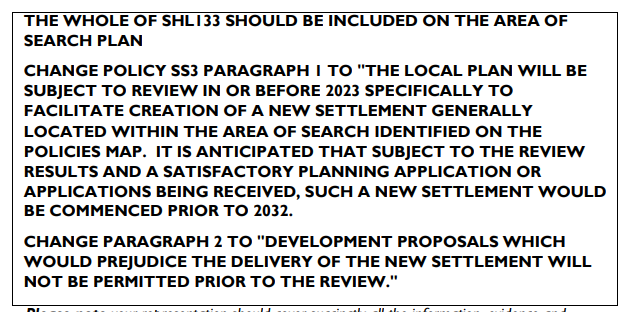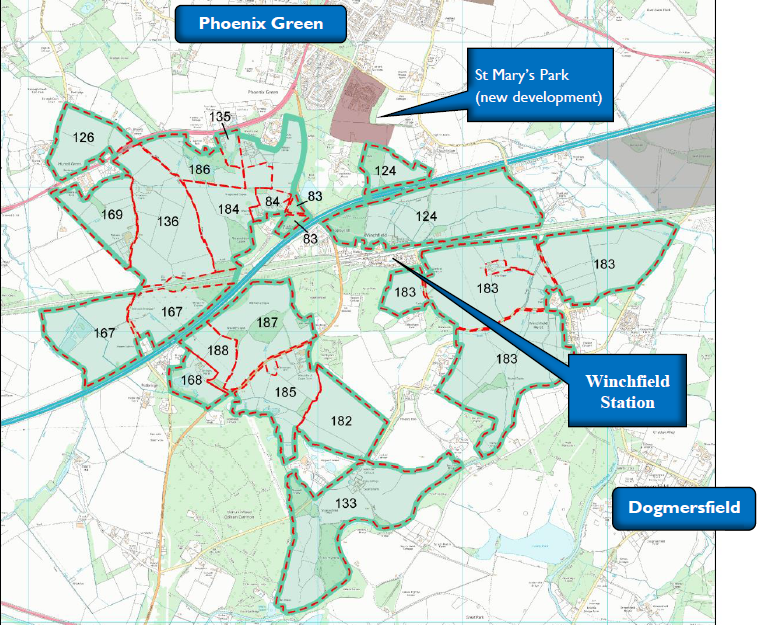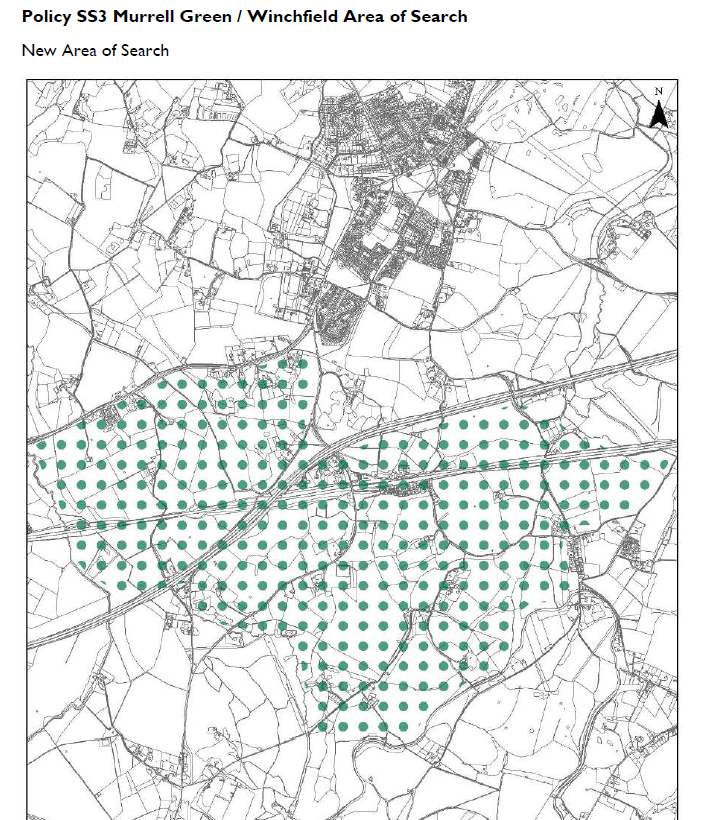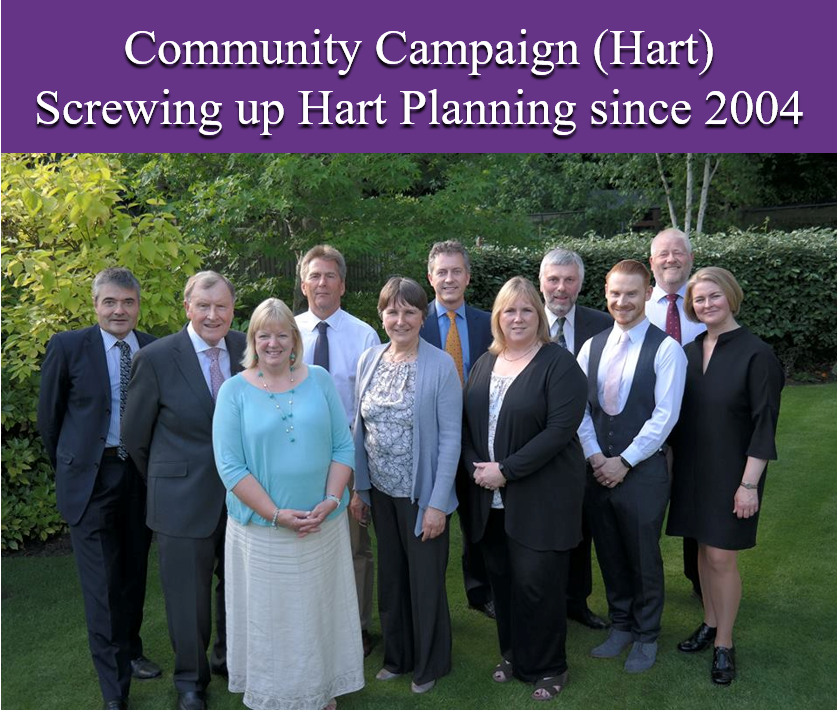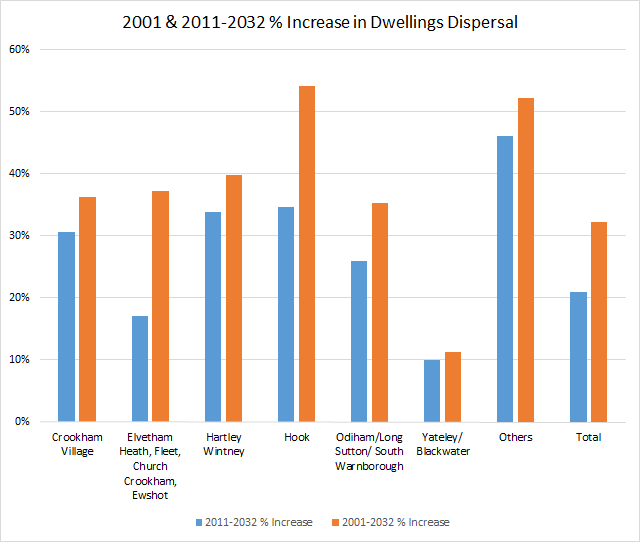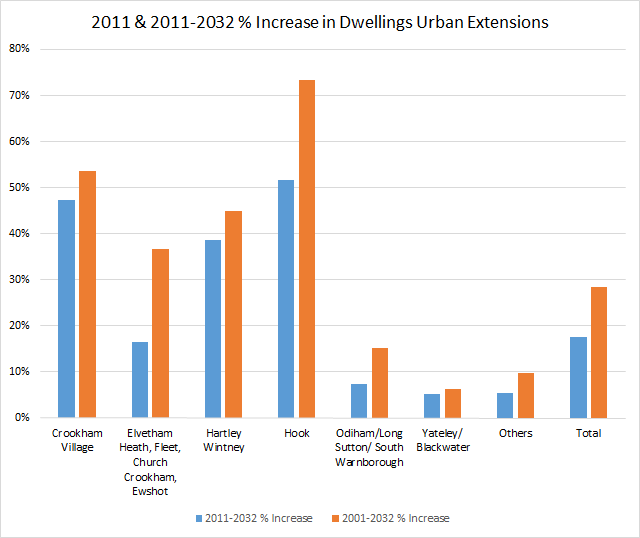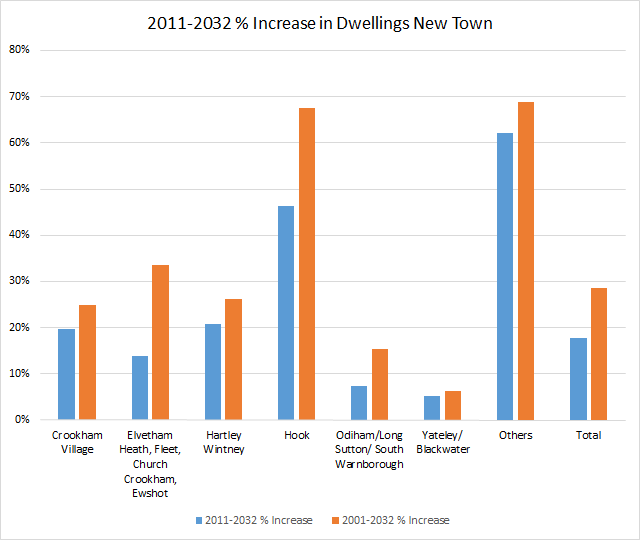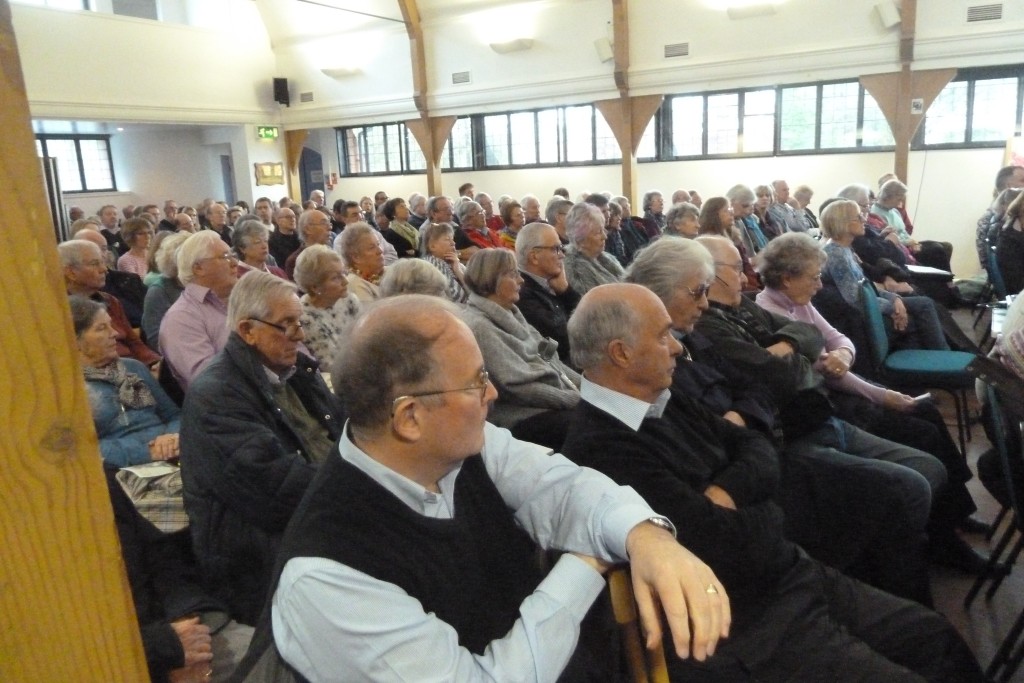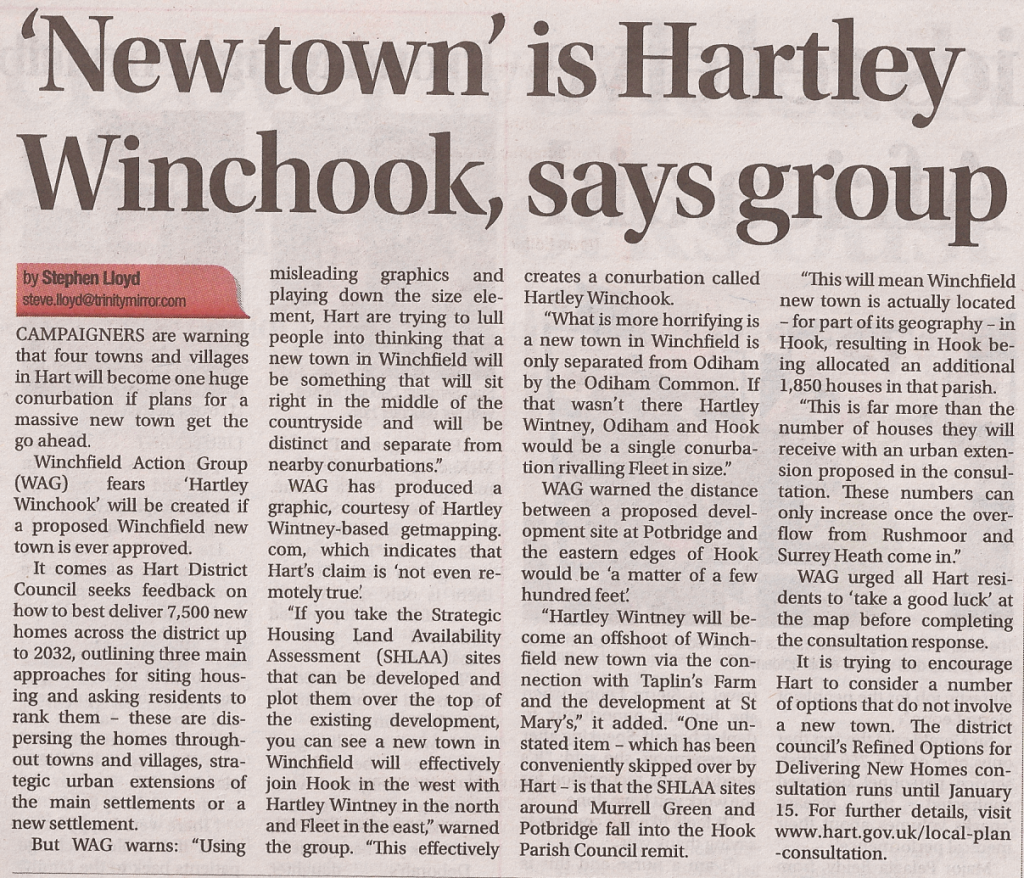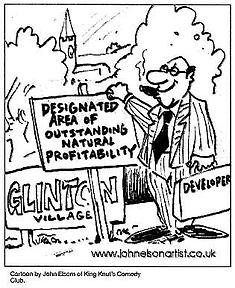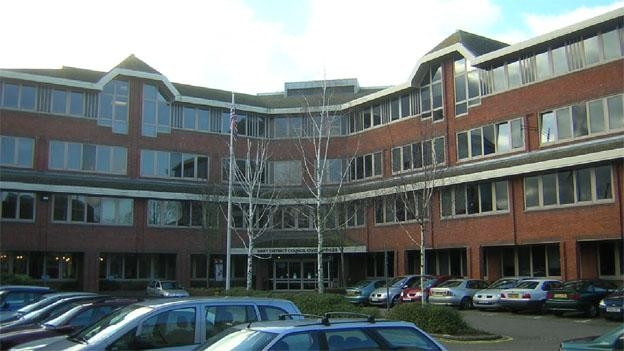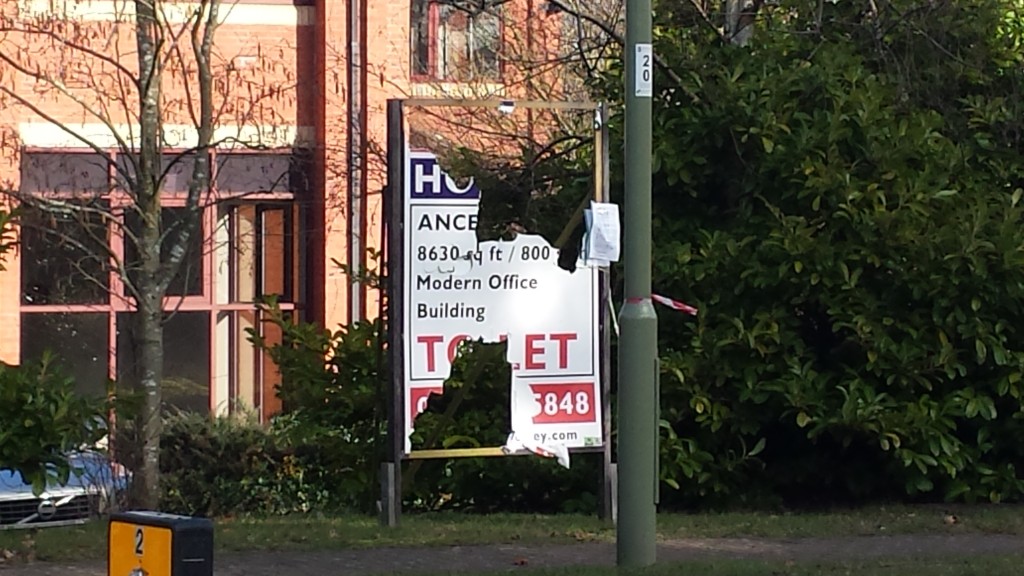
Is this what we want our countryside to turn into?
A review of a sample of Strategic Housing Market Assessments (SHMAs) across the south of England has indicated that on average, local planning authorities are being asked to plan for 41.9% more houses than the needs identified by DCLG population projections. The consequence of this is it is likely that far more green field land is being allocated for housing than is necessary to meet our housing need.
Regular readers will know that for some time we have been concerned about the overall level of housing Hart District is being asked to deliver. To this end, we have been analysing our Strategic Housing Market Assessment (SHMA), and together with Winchfield Action Group (WAG), we have commissioned an independent look at Hart’s SHMA.
However, we have also been inspired by the work of Alan Wenban-Smith criticising the Vale of the White Horse SHMA. This has led us to take a look at a number of SHMAs around the area, comparing the starting point of the official Government population and household forecasts to the end point of the recommended housing need after taking into account a number of additional elements like additional inward migration to the area, affordable housing, changes in average household size and jobs forecasts.
The findings are quite alarming and lead to a number of conclusions, some of which should be relevant for national planning policy.
We have looked at 6 SHMAs covering large areas of Hampshire, Berkshire, Surrey and Oxfordshire. Overall the total “starting point need” for these areas is 272,200 houses, and the end point “need” is 386,286 houses, or an uplift of 41.9%. This is shown in the table below:
| SHMA Area | Loca Authorites covered | Author | Starting year year | End point year | Starting point "need" | Ending point "Need" | % Uplift over starting point | Notes |
| HRSH | Hart, Rushmoor Surrey Heath | Wessex Economics | 2011 | 2031 | 15800 | 23600 | 49.4 | Starting point is 2011 DCLG and SNPP projections |
| South Hampshire | Portsmouth, Fareham, Gosport, Chichester, Bognor Regis, Southampton (West Centre), Southampton (East), Winchester, Eastleigh, Lymington, Totton, Havant | GL Hearn | 2011 | 2036 | 87105 | 131611 | 51.1 | Starting point is 2011 DCLG and SNPP projections |
| East Hampshire | East Hampshire | Nathaniel Lichfield & Partners | 2011 | 2028 | 8105 | 9605 | 18.5 | Start point 2010 SNPP |
| Waverley | Waverley | GL Hearn | 2011 | 2031 | 7670 | 9400 | 22.6 | Start point 2011 SNPP and CLG projections |
| Berkshire | Bracknell Forest, Reading, West Berks, Wokingham, Slough, South Bucks, RBWM | GL Hearn | 2013 | 2036 | 95772 | 112010 | 17.0 | 2012-based SNPP |
| Oxfordshire | Cherwell, Oxford, South Oxon, Vale of White Horse, West Oxon | GL Hearn | 2011 | 2031 | 57748 | 100060 | 73.3 | 2011-based projections |
| Total | | | | | 272200 | 386286 | 41.9 | |
The DCLG population and household forecasts “are statistically robust and are based on nationally consistent assumptions“, so the net effect of adjustments across all SHMAs should be close to zero. If this sample is indicative of what is going on across the country, then councils will be planning for far more houses than we need and as a consequence will be allocating for development far more green field land than is necessary to meet our housing requirements, with disastrous consequences for our countryside. Current housing delivery is around 150K per annum, and the DCLG figures suggest an underlying need of 220K per annum. If my analysis of this sample is indicative of what is going on across the whole country, councils will end up planning for about 312K houses which would be a big waste of national resources.
We would like to see this analysis repeated on a national basis. However, an FOI request to the DCLG has not been successful because they don’t collate this data at a national level. For a Government that wants to focus on brownfield development, this looks to us to be a reckless omission.
The SHMAs on which this analysis is based are:
Hart, Rushmoor and Surrey Heath, here.
South Hampshire, including Portsmouth, Fareham, Gosport, Southampton, Eastleigh and Havant, here.
East Hampshire, here.
Waverley, here.
Berkshire, here.
Oxfordshire, here.

